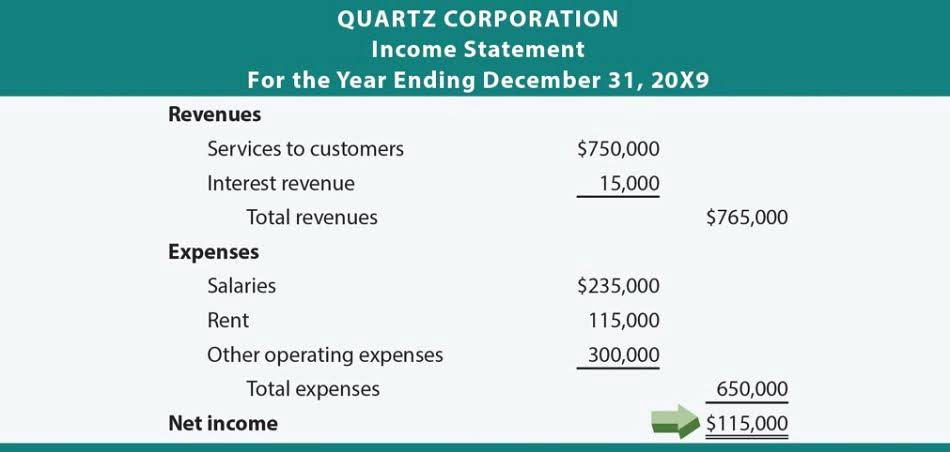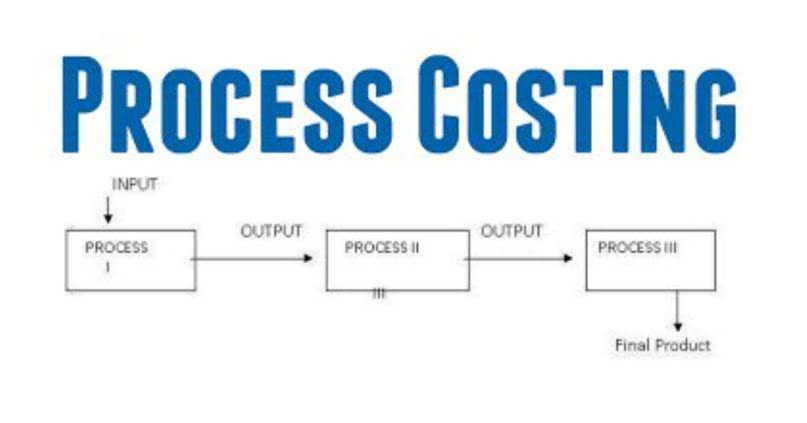FIFO vs LIFO Differences Examples & Formula

Notice that Susan lists the 130 units remaining in her inventory as costing $4 apiece. This is because she presumes that she sold the 80 units that she bought for $3 apiece first. At the end of her accounting period, she determines that of these 230 boxes, 100 boxes of dog treats have been sold. To get the cost of goods sold, you multiply the six shirts sold by $50. Although using the LIFO method will cut into his profit, it also means that Lee will get a tax break.

LIFO Example
LIFO is an inventory valuation method that assumes your most recent inventory purchases are sold first. Add the total cost of items your business bought and added to inventory during the accounting period. Inflation is the overall increase in prices over time, and this discussion assumes that https://www.bookstime.com/ inventory items purchased first are less expensive than more recent purchases. Since the economy has some level of inflation in most years, prices increase from one year to the next. Let’s say you sold 4,000 units during the year, out of the 5,200 produced. To determine the cost of units sold, under FIFO accounting, you start with the assumption that you have sold the oldest (first-in) produced items first.
- We will change the previous example, involving gasoline and a tanker truck, to illustrate LIFO inventory accounting.
- No, you don’t need to use FIFO in managing the physical flow of goods.
- This tax break occurs through lowering net income, subsequently lowering the total cost of taxes a business has to pay.
- Amanda Bellucco-Chatham is an editor, writer, and fact-checker with years of experience researching personal finance topics.
- In some cases, a business may use FIFO to value its inventory but may not actually move old products first.
- Using FIFO does not necessarily mean that all the oldest inventory has been sold first—rather, it’s used as an assumption for calculation purposes.
Consider Real Inventory Flow
She holds a Masters Degree in Professional Accounting from the University of New South Wales. Her areas of expertise include accounting system and enterprise resource planning implementations, as well as accounting business process improvement and workflow design. Jami has collaborated with clients large and small in the technology, financial, and post-secondary fields. Warehouse management refers to handling inventory and similar tasks within a warehouse environment. Statements are more transparent and it’s more difficult how to calculate fifo inventory to manipulate FIFO-based accounts to embellish the company’s financials. FIFO is required under the International Financial Reporting Standards and it’s also standard in many other jurisdictions.
- When you sell the newer, more expensive items first, the financial impact is different, which you can see in our calculations of FIFO & LIFO later in this post.
- If the inventory market prices go up, FIFO will give you a lower cost of goods sold because you are recording the cost of your older, cheaper goods first.
- For example, if LIFO results the lowest net income and the FIFO results in the highest net income, the average inventory method will usually end up between the two.
- FIFO assumes that cheaper items are sold first, generating a higher profit than LIFO.
- This is a more practical and efficient approach to the accounting for inventory which is why it is the most common approach adopted.
- The FIFO method can result in higher income taxes for a company because there’s a wider gap between costs and revenue.
LIFO and FIFO: Taxes
For retailers and wholesalers, the largest inventoriable cost is the purchase cost. The average cost method produces results that fall somewhere between FIFO and LIFO. For example, the seafood company, mentioned earlier, would use their oldest inventory first (or first in) in selling and shipping their products. Since the seafood company would never leave older inventory in stock to spoil, FIFO accurately reflects the company’s process of using the oldest inventory first in selling their goods. As a result, LIFO isn’t practical for many companies that sell perishable goods and doesn’t accurately reflect the logical production process of using the oldest inventory first.
- One reason firms must get approval to change to LIFO is to prevent companies from changing inventory accounting methods in the middle of a time period for more favorable tax treatment.
- In sum, using the LIFO method generally results in a higher cost of goods sold and smaller net profit on the balance sheet.
- The valuation method that a company uses can vary across different industries.
- The other 10 units that are sold have a cost of $15 each and the remaining 90 units in inventory are valued at $15 each or the most recent price paid.
- The company made inventory purchases each month for Q1 for a total of 3,000 units.
Pro: Often reflects actual inventory movement

LIFO is more difficult to account for because the newest units purchased are constantly changing. In the example above, LIFO assumes that the $54 units are sold first. However, if there are five purchases, the first units sold are at $58.25.

Order Fulfillment
Assume a company purchased 100 items for $10 each and then purchased 100 more items for $15 each. The COGS for each of the 60 items is $10/unit under the FIFO method because the first goods purchased are the first goods sold. Of the 140 remaining items in inventory, the value of 40 https://www.facebook.com/BooksTimeInc/ items is $10/unit and the value of 100 items is $15/unit because the inventory is assigned the most recent cost under the FIFO method.